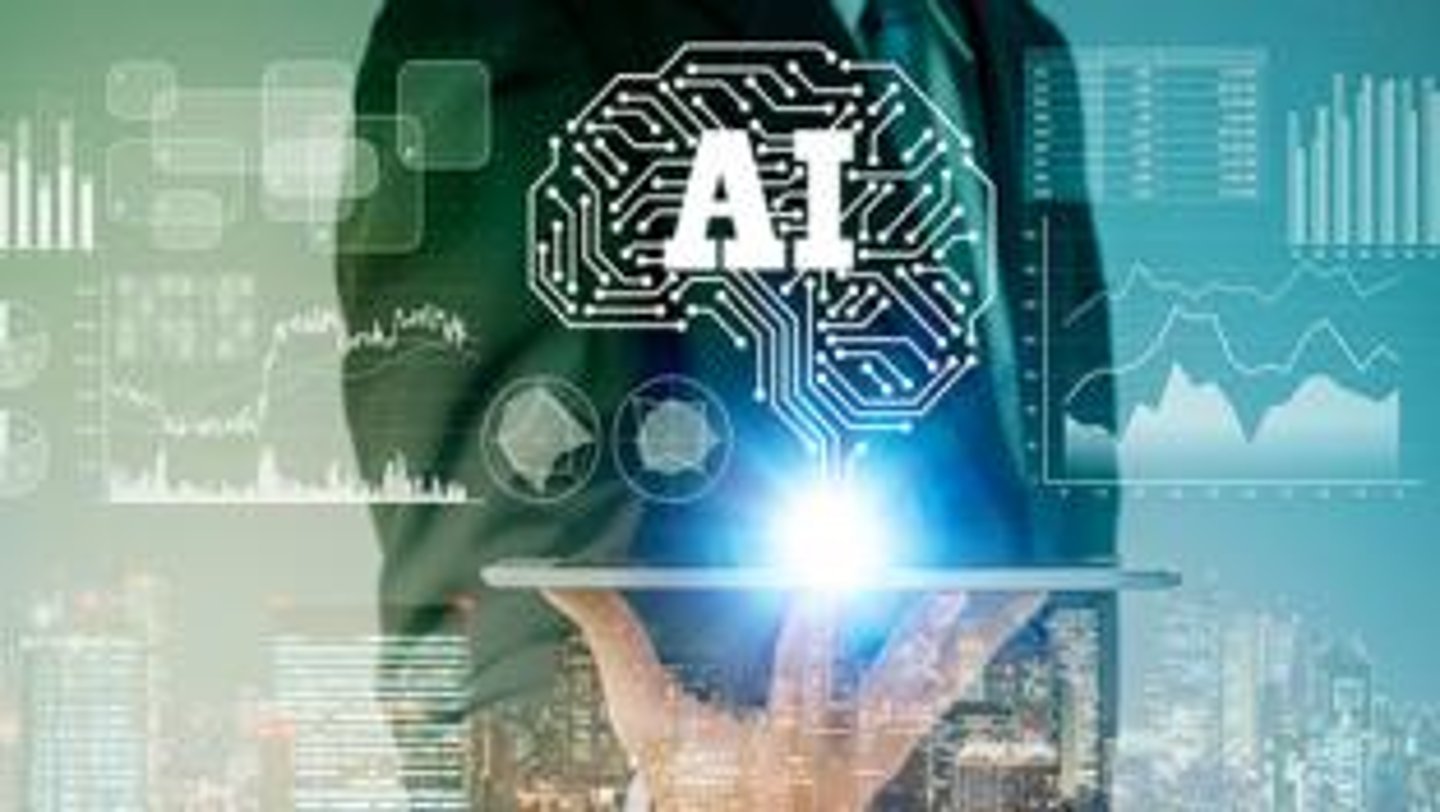Take a New ‘Jobs to be Done’ Approach for Adopting AI
Although interest in artificial intelligence (AI) has come and gone in the past, market experts believe it is here to stay. The constant supply and demand fluctuations have convinced everyone of the urgent need to drive more predictability and responsiveness within their businesses. But is AI being positioned for the best return on investment and organizational adoption?
In a recent academic paper, retail experts propose a new approach to applying AI technology within retail. Instead of implementing individual AI solutions on a siloed, business-function-by-business-function basis, the authors recommend leveraging Clayton Christensen and Michael E. Raynor’s jobs-to-be-done (JTBD) model from their book, The Innovator's Solution. This approach emphasizes that AI technology should focus on important jobs or goals rather than a specific stage of the retail value chain.
According to the authors, traditional adoption of AI technologies has been steered by the business function resulting in splintered AI technologies that are limited to satisfying those functional objectives while ignoring larger company objectives.
For example, inventory management and distribution is owned by supply chain, logistics, transportation, and suppliers who are responsible for the movement of products to the store. Technologies for demand forecasting, allocation, and replenishment functions are implemented to support these objectives.
While individual improvements can be made for each area, inefficiencies arise when data from other parts of the organization are not considered in decisions. Here are some examples:
- A forecast, while seemingly accurate, fails in its purpose when it doesn't account for promotional impacts.
- Margins drop and fulfillment problems arise when inventory planning doesn't account for online shopping, buy online, pick up in-store (BOPIS), and curbside pickup.
- Replenishment that disregards financial goals, such as carrying costs and profitability, and only focuses on antiquated objectives such as service levels and order up to points.
From a JTBD perspective, AI-driven technologies are viewed by how they can infuse value into multiple parts of the retail value chain. The authors identify four primary JTBD areas that can be served by AI technologies – knowledge and insight management, inventory management, operations optimization, and customer engagement. While these don't encompass all retail activities, they provide a broader perspective on solving a business area instead of focusing only on a single solution.
Taking the previous example of inventory management, if we consider AI demand forecasting from this perspective, then the JTBD would be described more as "predicting demand by anticipating customer needs and achieving financial objectives." Therefore, the technology should deliver value to inventory management, planning, pricing, and fulfillment functions while realizing corporate financial plans.
For example, by applying a JTBD philosophy to AI demand forecasting, a retailer can solve vexing problems that cross a multitude of retail functions, including:
- Anticipate consumer omnichannel behavior – to place inventory to meet the demand, improve profitability, and ease store operations and fulfillment, especially during seasonal sales spikes.
- Identify "lost" sales and margin opportunities – to understand the trade-offs between empty shelves, hefty markdowns, and the impact of additional carrying costs.
- Decipher localized events, weather, and social impacts – to sense consumer drivers, adjust inventory needs, ready fulfillment expectations, and better target promotions.
- Highlight essential product attributes – to improve planning and the sell-thru predictions of all products, including slow-moving and new product lines - and to drive procurement that results in more consumer purchase decisions.
- Connect planning across organizations – by leveraging a single forecast that encompasses all demand drivers, different organizations can work with the knowledge of how their decisions affect each other. They can remove manually passing data back and forth and excessive multi-department consensus meetings. This limits organizational bias and silos, while promoting cohesion, unification, and speed.
- Reduce food waste – by aligning inventory to the actual demand and reducing time-on-shelf for perishable products.
- Link day-to-day decisions directly to corporate financials – to improve profitability on the same inventory investment.
Thinking about AI from this perspective converts it to a core technology, and AI becomes a corporate muscle that retailers can apply across the retail value chain. This stance widens the view of how teams can drive value across the organization, thereby ingraining AI into the retailer psyche and expanding the possibilities for ROI. While the first application of an AI solution may be focused on a specific business case, organizations must take a more expansive view across the value chain.
AI is a constant journey of continuous improvement. By challenging your organization to have a broader perspective of its application across multiple functions, actual adoption occurs as they shake up the status quo and unleash the full potential of AI within your business. Your people, processes, and systems will be increasingly adaptable to whatever next surprise awaits and realize the improved ROI that a JTBD approach can deliver.







